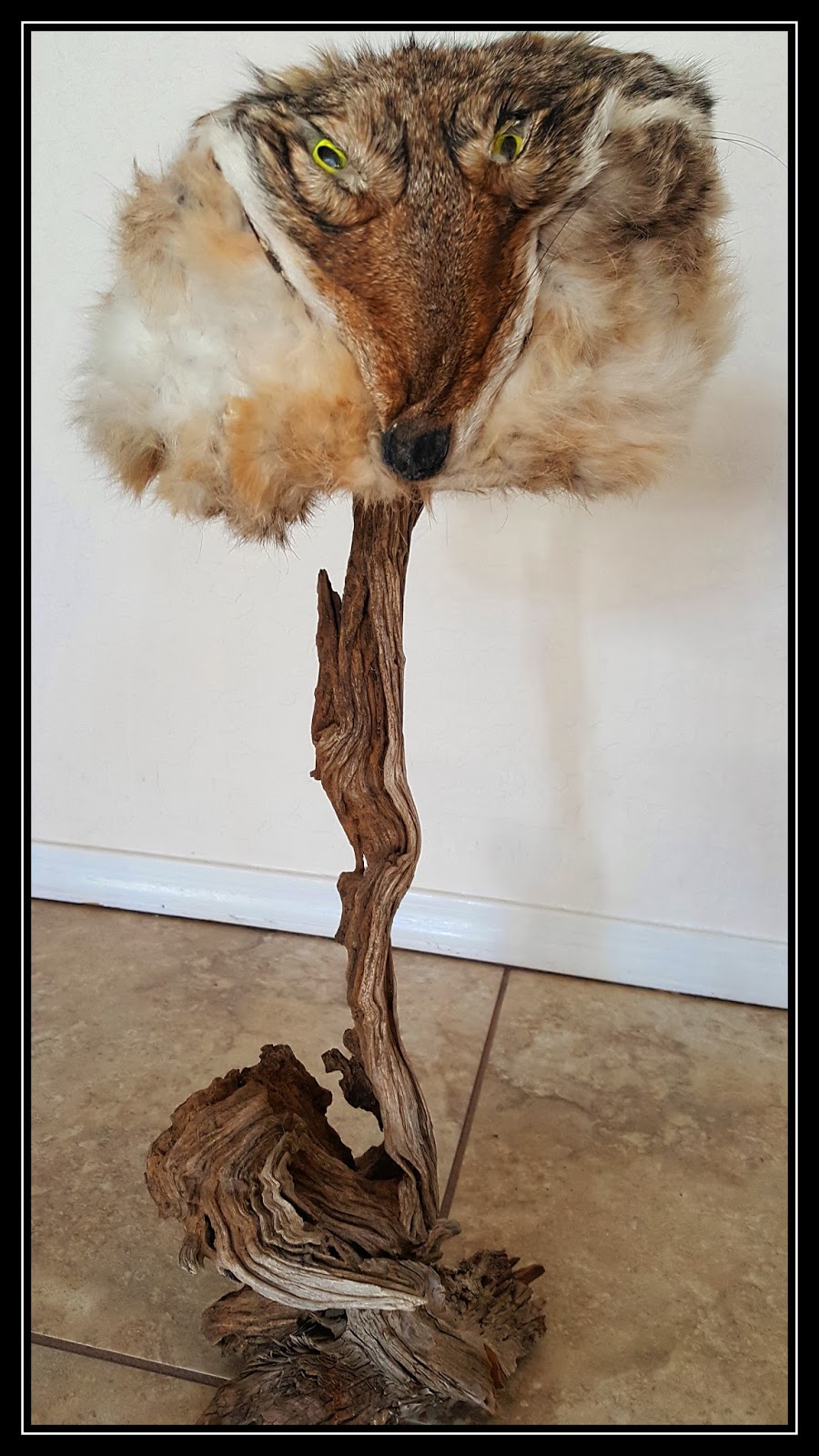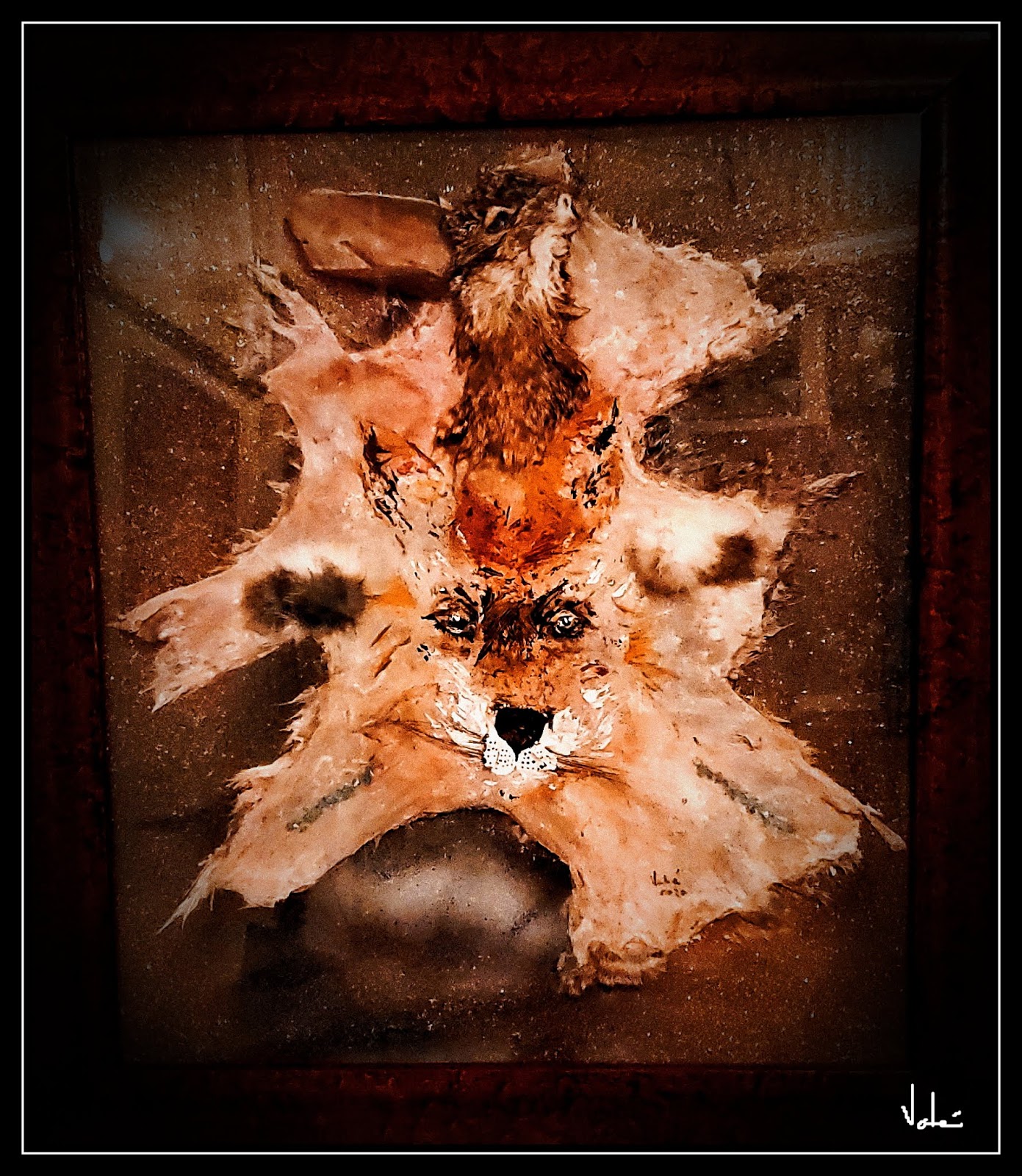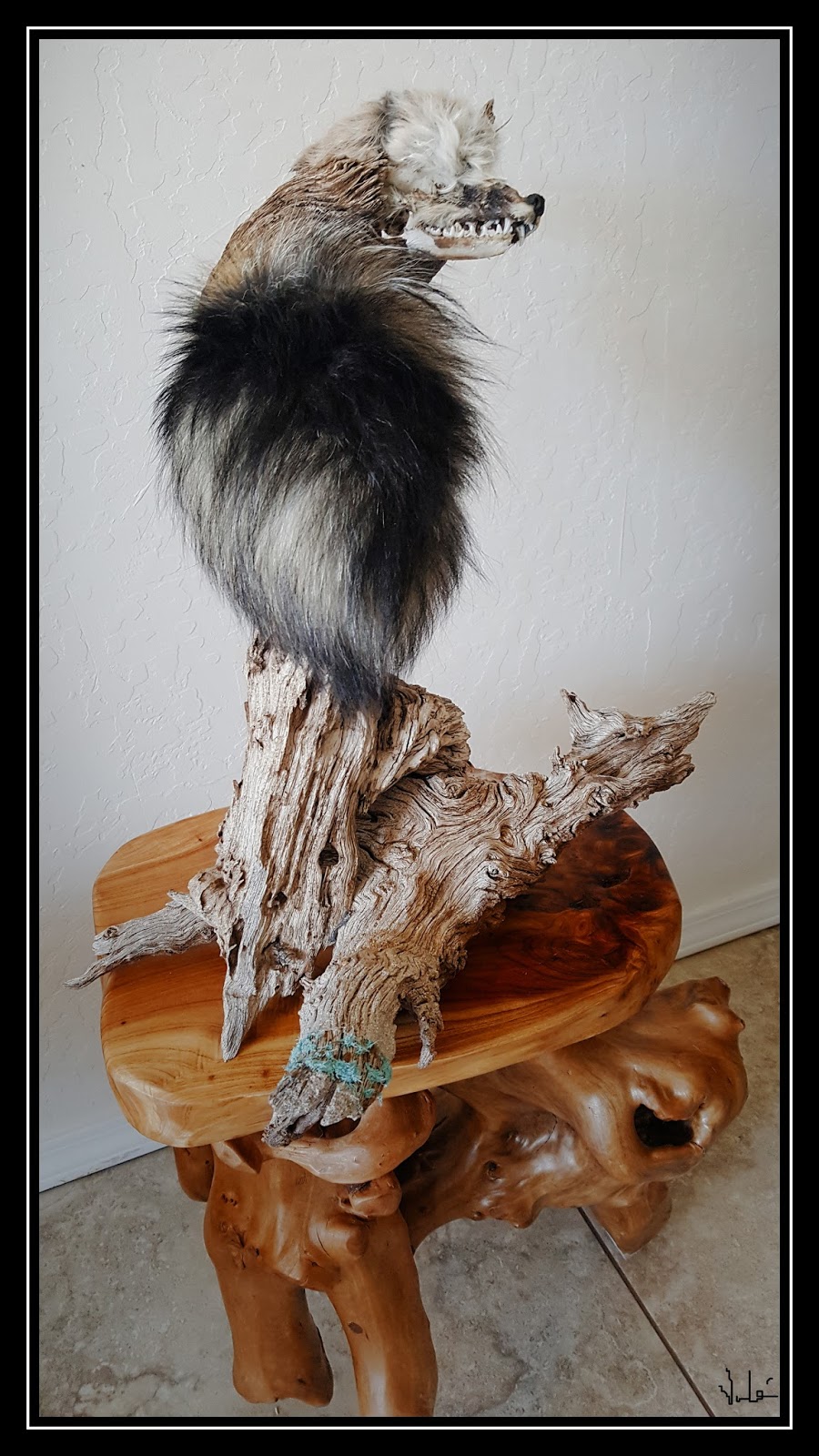Canis latrans or Canis aureus – it is All About Attitude!
So, my posting about the Mountain-man Fur hat I made
got reviews from 22 countries. While such trapper/fur hats are not uncommonly
made, I think the use of hare pelt in a rather unconventional way got the
attention.
I therefore decided to make another hat, this time in
Eastern European or even Russian style. Sometimes called Ushanka or Cossack style,
these fur hats range from basic fur and pelts shaped like a dome to fancy
fashionable head covers. In my childhood
these were called Papakkha so I will
stick to that nomenclature.
My basic materials were the same – coyote,
cottontail rabbit and hare (jackrabbit). This time I decided to make the hat a
bit lighter in colour so I used the belly of the hare facing the outside thus
keeping the black and gray colours to the inside of the hat.
In total I used three full hare pelts to make the rim,
one hare to make the top, and one cottontail to cover the inside of the hat’s
top. Since most fur hats have fabric in the inside of the hat, I decided that
the cottontail fur will be a better idea in keeping the head warmer!
... As in all aspects of my artistic expressions, I try
to build on the history, natural or not, of my materials’ origin. In this case,
I wanted the coyote (Canis latrans) to
take the center stage. Why? Because in the Soutwest folklore it is known as the
trickster who can change identity and survive. When I was growing up, that description
was reserved to the jackal (Canis aureus)
who was the ultimate survivor (Perhaps some of the readers of this page will
remember Carlos the Jackal from the 1970s.) Interestingly, the oldest golden
Jackal fossil was found at the Ksal Akil
area near Beirut, Lebanon, and is believed to be 20,000 years old.
Why am I looking into the origins of the coyote and
the jackal?
Because what makes this hat unique is not the hare/rabbit
fur but the coyote face I decided to use for the front. And the reason is the look of that face –
taxidermy was not fully successful here in making a perfectly symmetrical rendition,
but this imperfection lead to a coyote with one hec of an attitude! In fact, I
think it looks more like a jackal then a coyote… I decided to further enhance
this by using taxidermy glass eyes.
Here is one angle of view:
But depending on the perspective, it also looks like
this where the ears are also identified:
So, when I perched the finished hat on the petrified
wood stand I made, I felt like I had taken a common papakka idea but gave it a
unique twist.
No, a unique identity.
May 10, 2018
© Vahé A. Kazandjian, 2018







Comments
Post a Comment